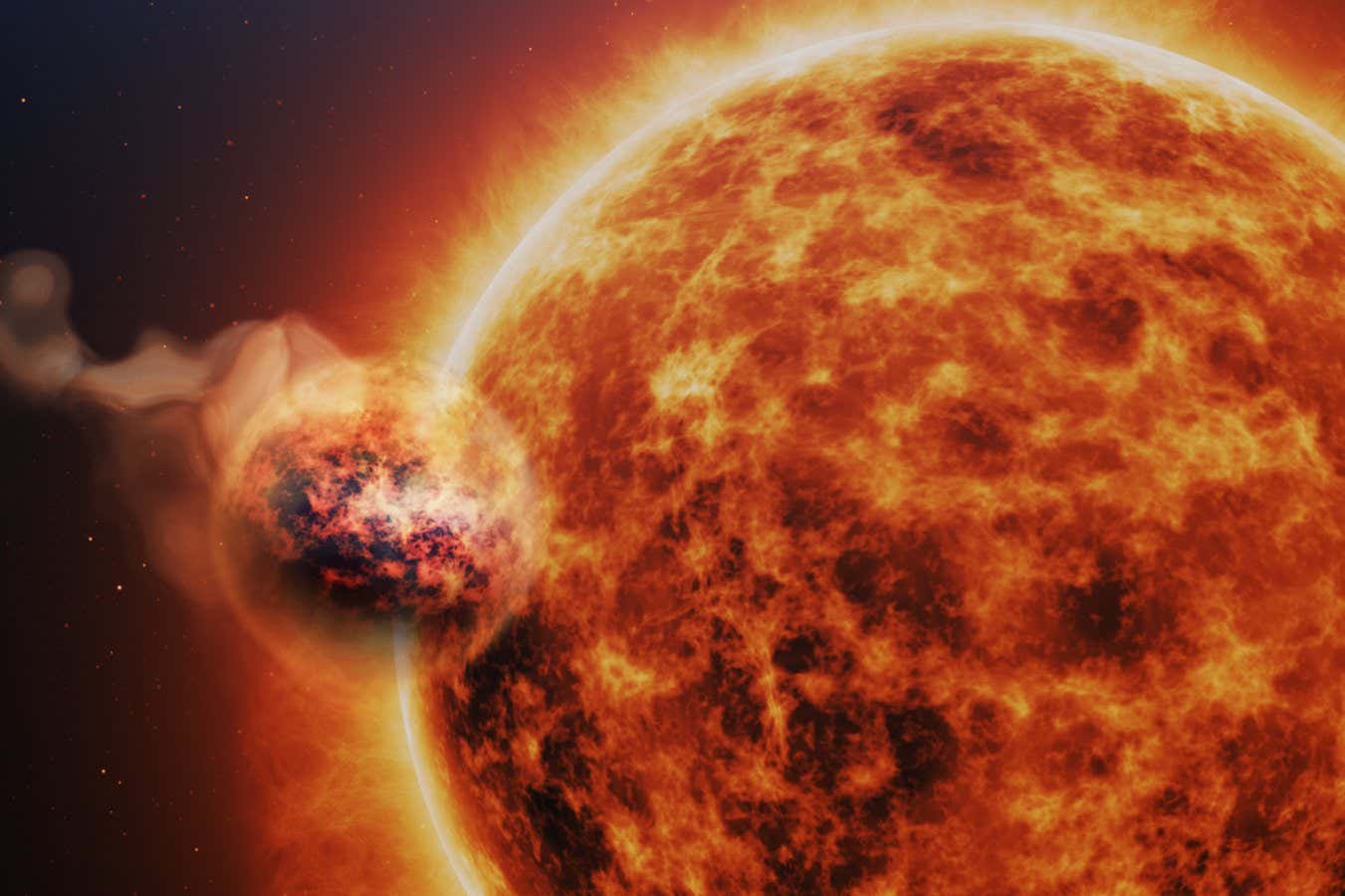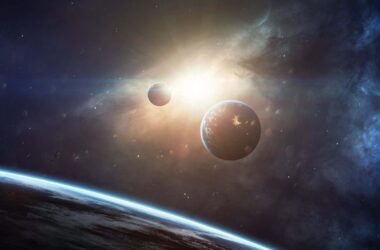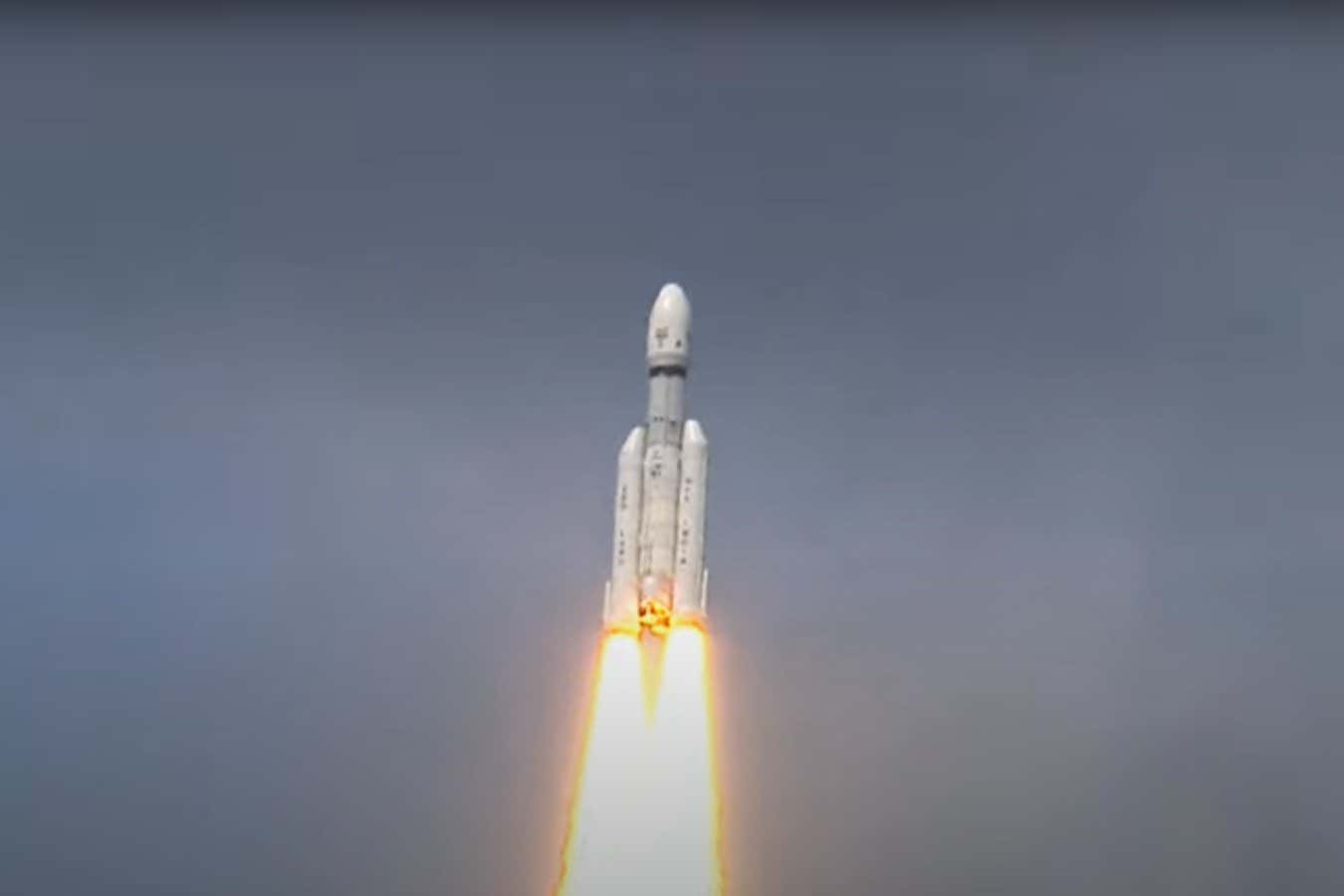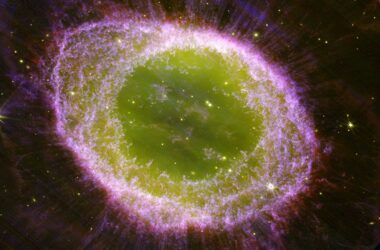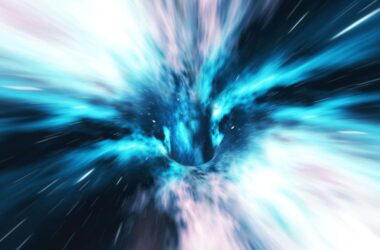Huge clouds made of sand float high in the atmosphere of the fluffy Jupiter-sized planet known as WASP-107b, as per data gathered from the James Webb Space Telescope.
First discovered in 2017, this peculiar planet is located about 200 light years from Earth in the constellation Virgo. It has a mass similar to Neptune but a much larger radius, akin to that of Jupiter, making WASP-107b less dense than other giant gas planets and as airy as cotton candy, according to Leen Decin from KU Leuven in Belgium.
Decin mentions, “This fluffy planet has one of the lowest densities we’ve ever seen, allowing us to look very deeply into its atmosphere.”
Using the James Webb Space Telescope’s Mid-Infrared Instrument, Decin and her team have been able to analyze WASP-107b’s atmosphere, uncovering the presence of sulphur dioxide and water vapor. The surprising element here is the discovery of sulphur dioxide, typically found in hotter gas giants, in the relatively cooler atmosphere of WASP-107b, which is presumed to be too cold for significant amounts of this compound to form.
One plausible explanation for its presence is the potentially increased penetration of ultraviolet radiation from its host star, WASP-107, due to the planet’s low density, catalyzing chemical reactions forming the compound.
Even more intriguingly, the researchers have identified clouds in the planet’s upper atmosphere made of tiny silicate particles, akin to the material comprising sand. They hypothesize that gaseous silicate from the planet’s hotter interior rises to its cooler upper atmosphere, condenses to form clouds, and then precipitates back down, similar to the water cycle on Earth.
According to Decin, “This marks the first time we’ve discerned the composition of clouds on an exoplanet.”
These findings hold potential to enhance our understanding of planetary formation and evolution. Decin asserts, “We can really enhance our view on the universe by understanding the dynamics and chemistry of exoplanets, complementing our very limited experience confined to Earth.”
Insights:
The revelation of sand clouds and the presence of sulphur dioxide on the relatively cool exoplanet, WASP-107b, challenges existing paradigms of planetary chemistry and atmospheric dynamics, potentially broadening our understanding of exoplanetary systems and contributing to improved models of planetary formation and evolution. This discovery provides unique insights into the diverse atmospheric compositions and phenomena in celestial bodies beyond our solar system.




